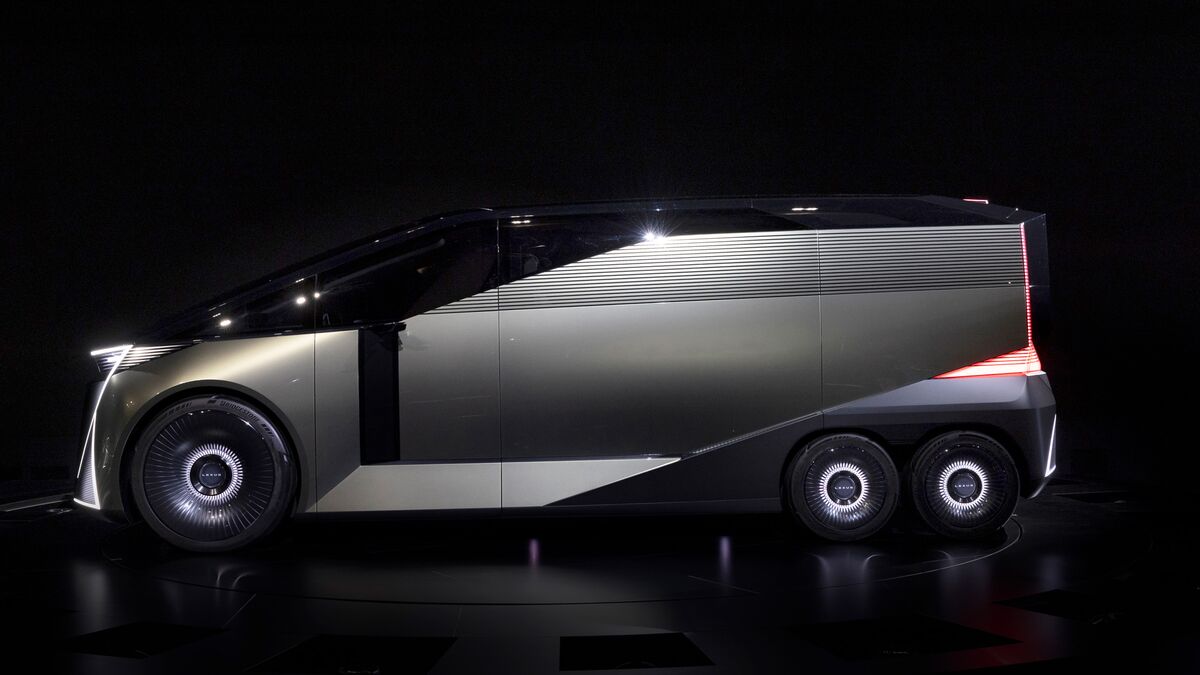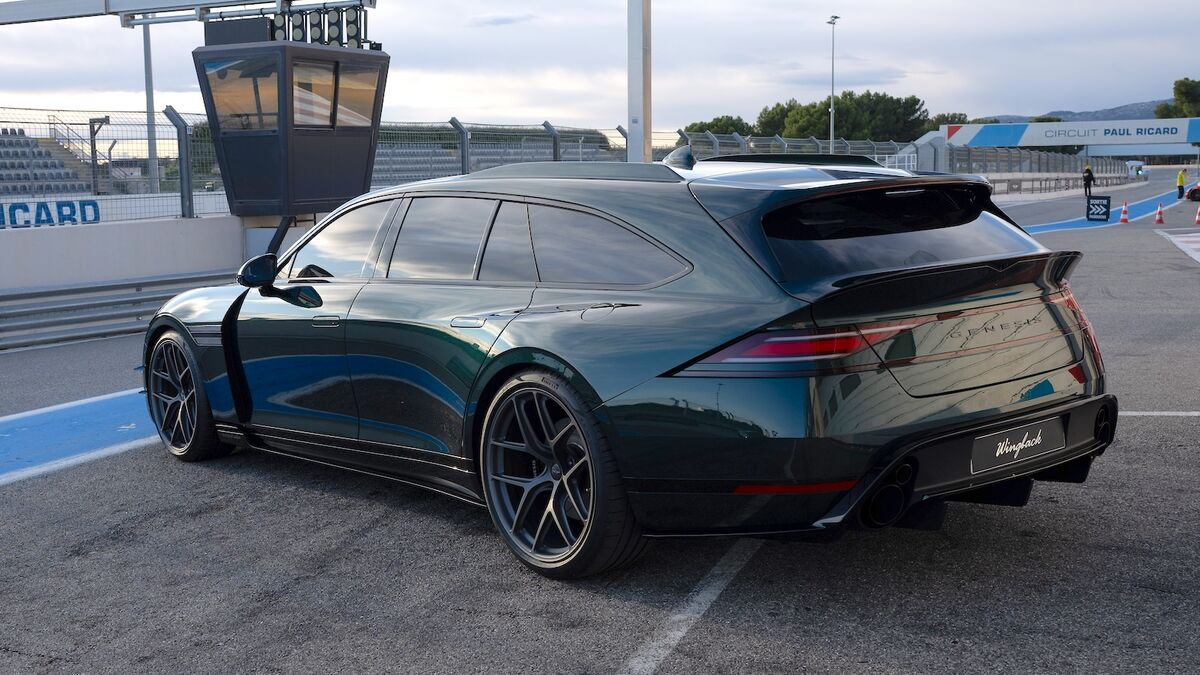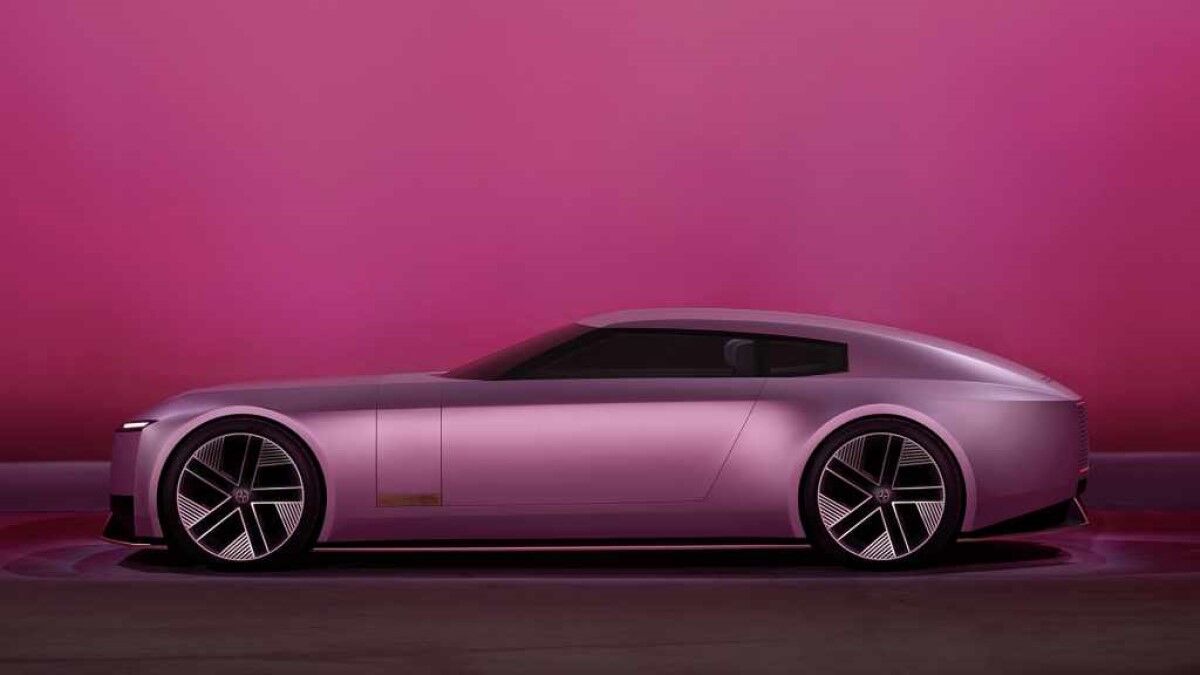- Lexus recently announced the end of its flagship LS sedan, but the name of the car will return
- The company used this week’s Tokyo motor show to reveal several possible replacements, all of which radically reimagine the Lexus brand
- It could appear as a 6-wheeled people mover, a thin box on wheels seating one, an impressive coupe, or a sporty 4-door
The next Lexus LS could be a 6-wheeled vehicle shaped like a small RV with lounge-style second- and third-row seats that face each other. It could be a tiny self-driving box with one very comfortable seat. Or it could look like a car.
Lexus used this week’s Japan Mobility Show in Tokyo to show off several possible replacements for the brand’s signature car. All of them radically reimagine the personal transportation luxury shoppers might want in a few years’ time.
These are just concept cars — design studies never meant for production. We’d be deeply surprised to see the more radical options in a showroom anytime soon. However, they signal that Toyota’s luxury brand is thinking about its future in new ways.
When Toyota first launched the Lexus brand in 1990, it did so with the LS (short for Luxury Sedan). A large, ultra-comfortable 4-door with an emphasis on a smooth, quiet ride, it was unlike anything Americans had seen from the company before.
It worked, launching a brand that would go on to build the best-selling luxury vehicle in America for more than a decade running.
But the LS is no longer part of the plan. Lexus recently announced that LS production will end after the 2026 model year.
This week, the company said the name will return. But it may appear on an entirely different kind of vehicle.
Toyota Global Design Chief Simone Humphries told reporters it is “clear that we needed to take the LS in a completely new direction. An LS that should now stand for Luxury Space.”
The 6-Wheeled Option
“I want to challenge your perception of what a luxury brand can be,” Humphries said, before revealing a 6-wheeled people mover slightly reminiscent of the promised Tesla Robovan.
Simply called the LS Concept, this one does not appear to be self-driving. It features a conventional front row of seats with the usual driver controls. A second row of seats can rotate to face the rear for lounge-style seating.
Two large wheels in the front handle steering, while four much smaller rear wheels allow for a more spacious cabin. The third row features three full-size seats for adults. Sliding side doors allow easy access.
“When that door opens you are teleported to a home away from home your own private space a space to truly discover sanctuary,” Humphries says.
The One Seater
The LS Micro Concept moves in a completely different direction — it’s a self-driving minipod for one. Nearly as narrow as a motorcycle, it relies on two smaller front wheels completely encased and a larger rear wheel that handles steering.
“What if we took the essence of the private space we created in the LS Concept and put that into an autonomous one-person format?” Humphries asked.
Lexus revealed no details about what powers the pod, though there’s no room for anything but an electric propulsion system.
The Coupe and Sport Concepts
The final options, after those two, seem tame. But had you told us a week ago that the next LS looked like either of these, we’d have been shocked.
Humphries noted the LS Coupe Concept is a car that is “as fun for the driver as it for the passenger. The low-slung coupe complete with raked windshield just looks fast. Additionally, the LS Sport Concept is a high-riding, sleek 4-door with a rakish roofline and coach-style doors.
Humphries didn’t discuss mechanical details, but promised an “experience that engages all the senses in ways never experienced before.”
The … Uh … The Flying Option? And the Boat?
In case those four weren’t dramatic enough departures, Humphries teased a few more unusual options for the future LS. “For many years, we have been working with Joby,” he revealed. Joby Aviation is a venture capital-backed startup in California working on drone-like small aircraft.
“The ability to escape is not only limited to the air,” he finished. “What if we could bring both privacy and adventure to seafaring? An autonomous catamaran that allows you to discover true escaping.”








